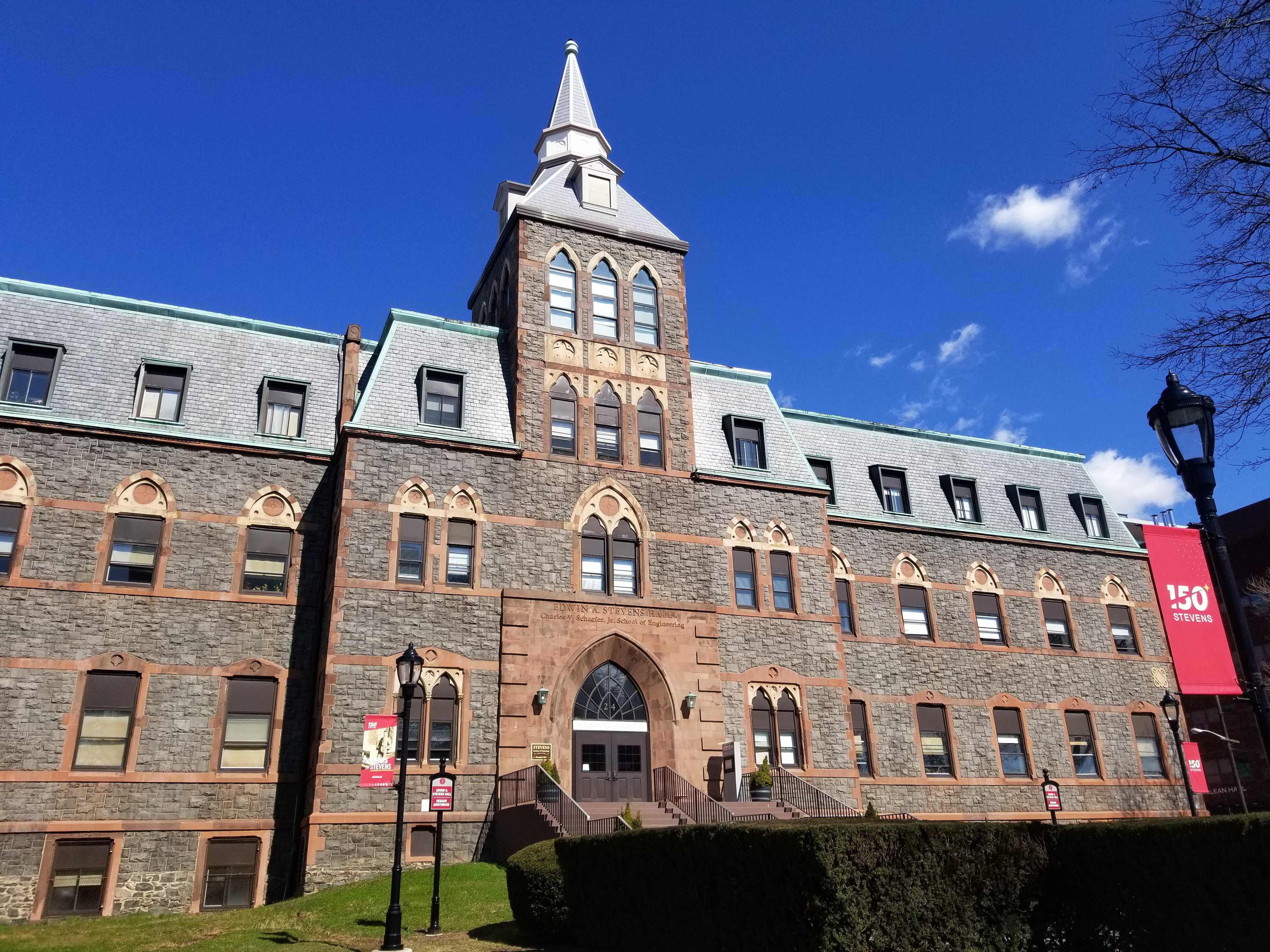After years of informal lobbying for the establishment of a dedicated prayer and meditation space at Stevens, religious student leaders are working on a formal proposal calling for the space which they hope to submit to administration before the end of finals.
Spearheaded by the leaders of the Muslim Educational & Cultural Association (MECA), The Newman Catholic Association, Stevens Hillel, and Stevens Christian Fellowship, as well as representatives from the Student Government Association (SGA), the proposal details past efforts to establish a space, provides data for how often existing religious accommodations have been used, shows prayer spaces at other schools for reference, works through the logistics of the space, addresses common concerns with establishing a space, and includes student testimonials about existing solutions.
Efforts to establish a dedicated prayer and meditation space date back to the destruction of Jacobus Hall. In the past, students of all faiths used the Newman Catholic office in that building to pray. Once the building’s demolition was announced, it became clear that there would be no dedicated space for prayer on campus, so representatives from the SGA included a prayer space in the original Intercultural Center Proclamation. That proclamation eventually led to the creation of the Intercultural Space at the beginning of this year, but the Intercultural Space did not have the resources to include an area for prayer, so efforts to dedicate a room for prayer and meditation started over again.
After it became clear that there would be no formal prayer space in the refurbished Alexander House/Student Center, students were encouraged to reserve rooms for prayer on a case by case basis, especially one specific room in the Wellness Center. While this was seen as a step up from past accommodations, the proposal explains that “these rooms often lack privacy and necessary storage space for items used commonly in prayers. On top of this, religious groups have to compete with 180+ school organizations to reserve these spaces, further adding to the unideal situation,” before calling for a dedicated space. The Proposal then uses attendance data from these room reservations as evidence that a dedicated space would see plenty of use.
Also included in the evidence section are examples of prayer spaces at other schools, such as the multi-denominational prayer room at Carnegie Melon University, shown in the picture below. Their space is open 24 hours per day, is available to all students, and includes prayer mats and a divider for men and women. Separate from that, the school provides its students with a chapel for other forms of prayer and larger gatherings.
When asked if he was optimistic about this new proposal leading to the creation of a formal prayer and mediation space, Mohkum Sethi, the Religious Advocate for the SGA’s Diversity and Inclusion Committee, said “why be pessimistic? This is our most structured attempt to establish a space yet, and I think the administration knows that there is a need for it here.”

Be First to Comment